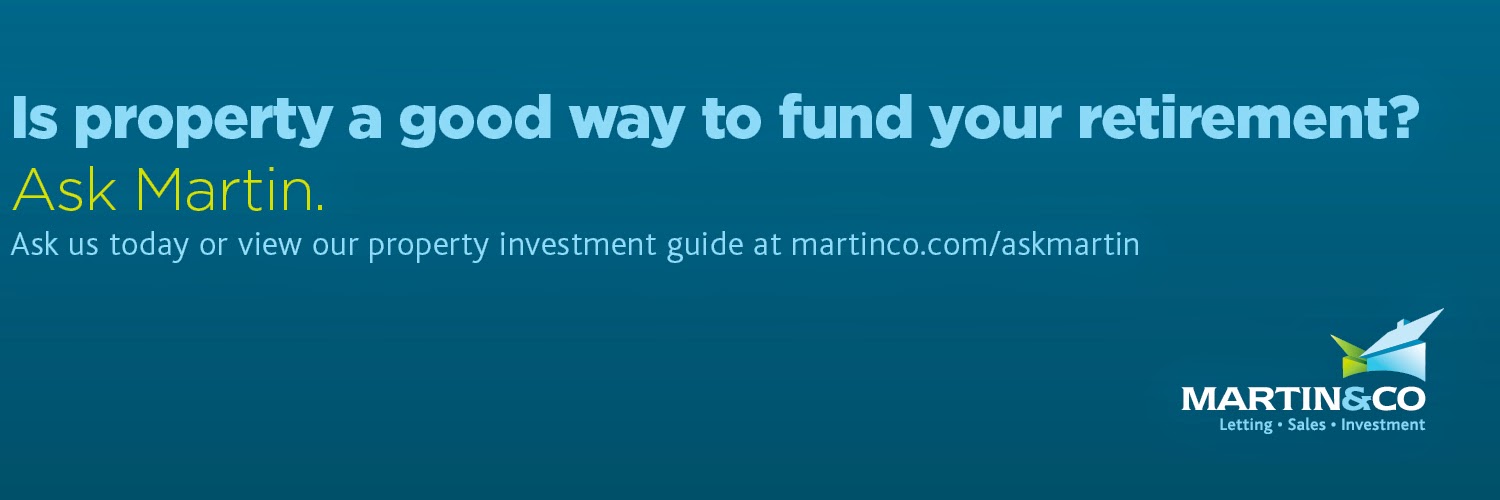I was chatting to a potential landlord the other day and she was showing me some
details of properties that she had selected as suitable for the start of her
portfolio that she was intending to build.
They were nice houses!
Unfortunately she had not asked the first question that any aspiring Landlord must
ask-what is my goal in doing this?
To get a good return on my available capital she responded
when I put it to her. A very good
answer you may say except that all the properties showed yields of less than
4%. (see last weeks article on how to calculate a simple yield)
Her response was complete surprise when I went on to
Rightmove and picked several properties with basic yields of 6 to 7%. We then went on to talk about types of
property and what the yield could be and where the price of the property will
eventually be so high and the rent proportionally low that the yield becomes negligible.
Generally speaking the yield on a one bedroom flat is
highest and on a 4/5 bedroom house the lowest.
If a one bed flat costs £80,000 and returns £450 per month the yield is
6.75%. If a 4 bed house returns £1100
per month and costs £300k the return would be 4.4%. Quite a big difference! You have to know how
to do the sums and you have to know what your aim is. I was talking to another potential landlord
just a second ago (its open house here!) who
wants to buy a property in Weymouth to
move into in a couple of years time and rent it out in the meantime. Yield is not so important to them as securing
the property they want now and covering the costs until they are ready to move
in.
We were able to steer them towards an area of Weymouth very
popular with renters but also quiet and in walking distance of the beautiful
Chesil Beach and the Fleet.
We don’t have all the answers here at Martin and Co but we
do have a wealth of local knowledge and we are willing and pleased to talk to
anyone about property so please pop in anytime and we will be delighted to talk
to you.
All the best Philip Wakefield
